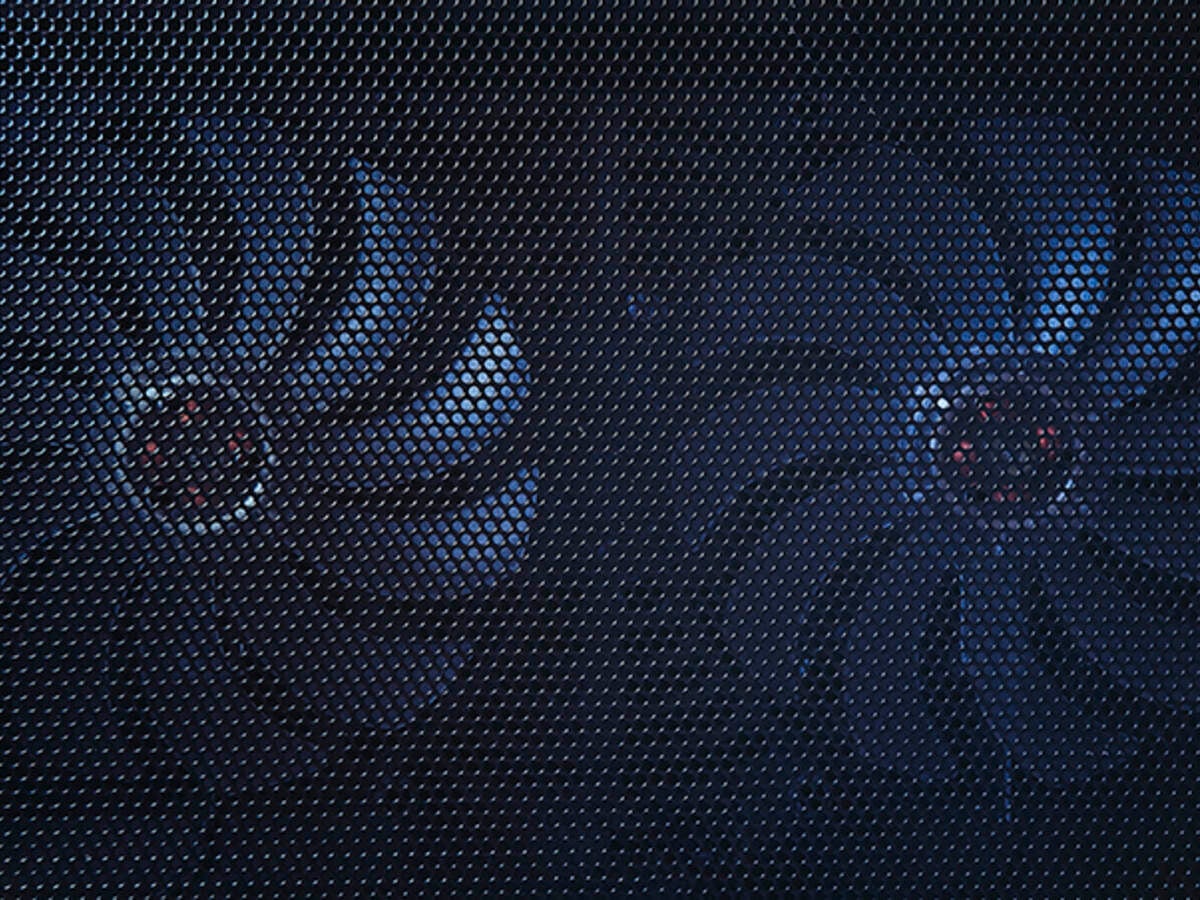June 25, 2019
The U.S. Department of Energy (DOE) has established new rules for motors used in residential furnaces. These requirements will affect manufacturers of most residential furnaces and are effective as of July 3rd of this year.
The joint DOE and EPA ENERGY STAR program for furnaces started in 1995, and at the time, required only slightly better efficiency than the federal baseline. At the beginning of this century, furnace efficiency was significantly increased to a 90% fuel utilization minimum. In 2012, the requirement for fuel utilization was broken into two zones: 90% efficiency remained for southern states while a higher efficiency was required for the northern half of the country. In these requirements, we have been talking about the amount of energy in the gas that enters the building duct system vs the amount that is lost and discharged up the flue. Thus far, ratings only referenced gas energy but not the other electrical loads present in the appliance. The change from this approach is the main difference identified with the Fan Energy Rating (FER), which was first published in 2014.
Text from CFR - 10CFR430.32(y):
Residential furnace fans manufactured on and after July 3, 2019, shall have a fan energy rating (FER) value that meets or is less than the following values:
|
Product class |
FER (Watts/cfm) |
|
Non-Weatherized, Non-Condensing Gas Furnace Fan (NWG-NC) |
FER = 0.044 × QMax + 182 |
|
Non-Weatherized, Condensing Gas Furnace Fan (NWG-C) |
FER = 0.044 × QMax + 195 |
|
QMax= Maximum airflow per installation instructions |
In accordance with the Energy Policy and Conservation Act of 1975, the DOE is charged with ensuring that as new technology comes to market, it should be implemented to improve energy efficiency, if it is economically justified. The new regulations represent a 46% increase over the current baseline data for furnace fans. This is a departure from the traditional approach of DOE which considered the entire system instead of individual components. However, as indicated previously, furnaces were never evaluated for the electricity they used, only the heat removed from the combustion process. It has been estimated by DOE that under the new requirement proposed by FER, the payback period will settle somewhere between 5.4 to 5.8 years. This will result in an energy savings for an average household between $300-$500/year.
So, what is the impact on manufacturers from the FER implementation? In most cases, it will require a change from a permanent split capacitor (PSC) motor to an electronically commutated motor (ECM). Motor manufacturers have attempted to meet this challenge by designing higher efficiency options that are direct replacements for current PSC motors. The resulting effect should be that the new componentry will perform as well or better than previous models. To note, as electrical components are changed, evaluation of the impact on current safety certifications will be required. ANSI Z21.47/CSA 2.3 will continue to be the primary safety standard. For products that may be packaged with a vapor compression system, there is a transition from UL 1995 to UL60335-2-40.
Most certainly, we anticipate future regulatory activity requiring increases in the energy efficiency of furnaces. The standard used to evaluate the gas furnace for efficiency is in the process of being updated in 10 CFR 430. The DOE comment period for this proposed rule closed in January 2019. It is expected that requirements defined in AFUE2 ratings will be effective for products built starting in January 2021. The AFUE2 rating differs from the current AFUE metric in that it will incorporate the full energy use of the product. This regulation will include the gas efficiency method that is identified in the recent version of ASHRAE 103, which will slightly modify the method by which the energy efficiency is determined. This regulation will also include the FER method that is identified above as well as the determination for the standby/”off mode” energy consumption for the appliance.
To recap, the regulations put in place by the DOE will require that residential furnaces not only be designed to meet efficiency requirements for the gas input, but also for the electrical input to the motor. The federal requirements for fan energy rating (FER) become effective on July 3, 2019.
If you have any questions, please contact your local UL HVAC Sales Representative HVACInfo@ul.com to determine how we can assist you in complying with these new requirements.

